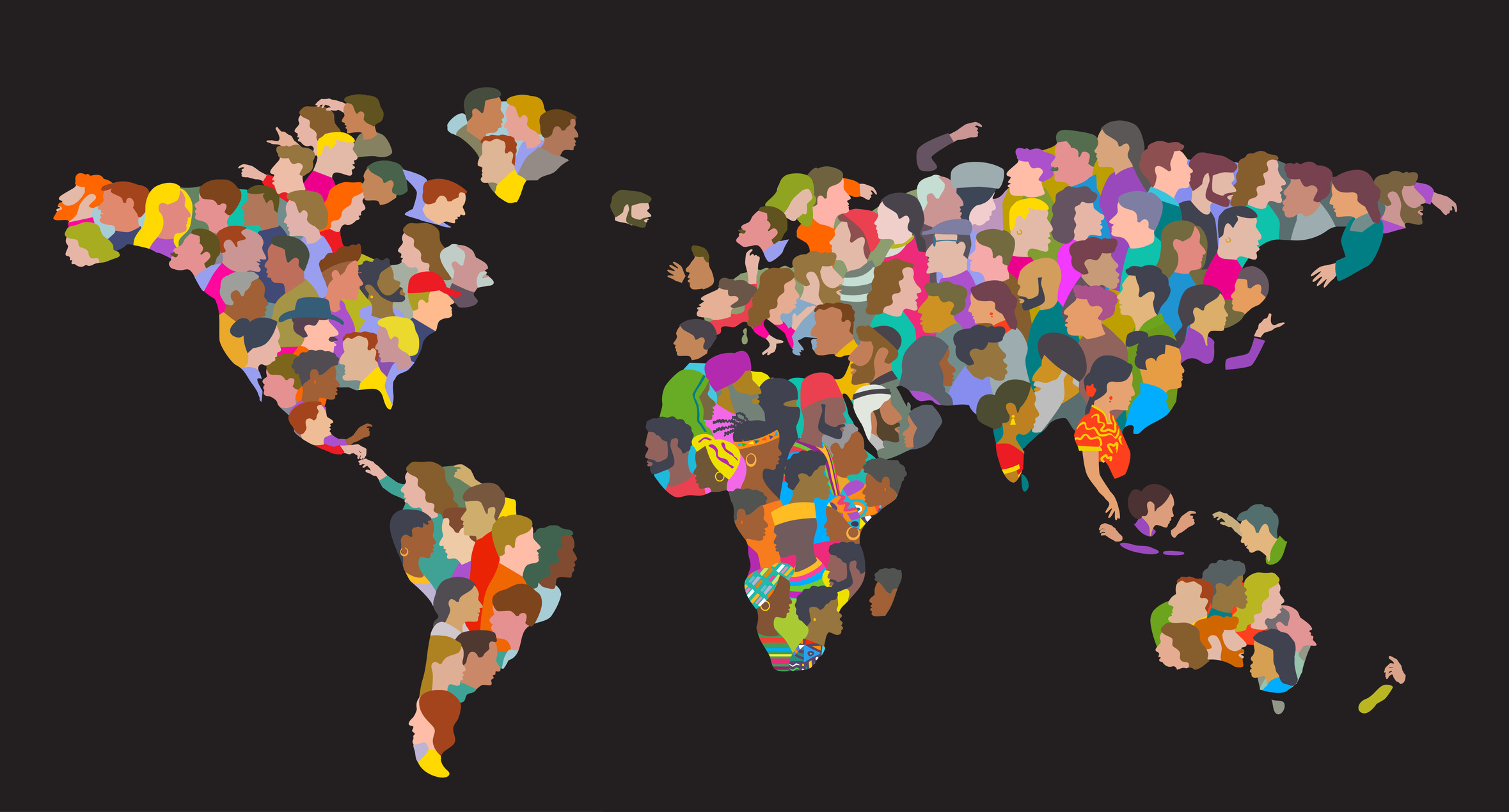2 min read
World population projected to grow from 8.2 billion to peak of 10.3 billion in 2080s, UN says
 Merit Street Media
|
Jul 11, 2024
Merit Street Media
|
Jul 11, 2024

Earth — The world’s population is expected to grow by more than 2 billion people in the next decades and peak in the 2080s at around 10.3 billion, a new report by the United Nations said Thursday.
The report — released on World Population Day — says the global population is then expected to decline to around 10.2 billion by the end of the century.
According to the World Population Prospects 2024 report, the earlier-than-anticipated population peak is due to several factors, including lower fertility levels in some of the world’s largest countries, especially China, whose population is projected to drop dramatically from 1.4 billion in 2024 to 633 million in 2100.
Globally, women are having an average of one fewer child than they did in 1990, the report said, and in more than half of all countries and territories, the average number of live births per woman is below 2.1. That’s the level needed for a country’s population to maintain its size without migration.
Nearly 20% of the world — including China, Italy, South Korea and Spain — have “ultra-low” fertility, with women having fewer than 1.4 live births, said the report by the U.N. Population Division.
“The earlier and lower peak is a hopeful sign,” U.N. Undersecretary-General for Economic and Social Affairs Li Junhua said. “This could mean reduced environmental pressures from human impacts due to lower aggregate consumption.”
Li stressed, however, that even with slower population growth, people will still need to individually reduce the impact of their activities to preserve the environment.
According to the report, in 2024 population has already peaked in 63 countries and territories, including China, Germany, Japan and Russia. In this group, the total population is projected to decline by 14% over then next 30 years.
In another 48 countries and territories — including Brazil, Iran, Turkey and Vietnam — the population is projected to peak between 2025 and 2054, the report said.
For the remaining 126 countries and territories, including the United States, India, Indonesia, Nigeria and Pakistan, the population is expected to increase through 2054, “and, potentially, to peak in the second half of the century or later.”
For nine of those countries — including Angola, Central African Republic, Congo, Nigeria and Somalia — the U.N. is projecting very rapid growth, with their populations doubling between 2024 and 2054.
The world’s population has grown dramatically in the last 75 years, from an estimated 2.6 billion in 1950 to 8 billion in November 2022. Since then, it has increased by roughly 2.5% to 8.2 billion.
Kathleen Mogelgaard, president and CEO of the Washington-based Population Institute, said Thursday’s new estimates underscore “an increasing demographic divide around the world.”
While it identified more than 100 countries and territories whose populations have already peaked or will do so in the next 30 years, she said, it shows even more where population will keep growing, many of them among the world’s poorest nations.
Copyright Associated Press

